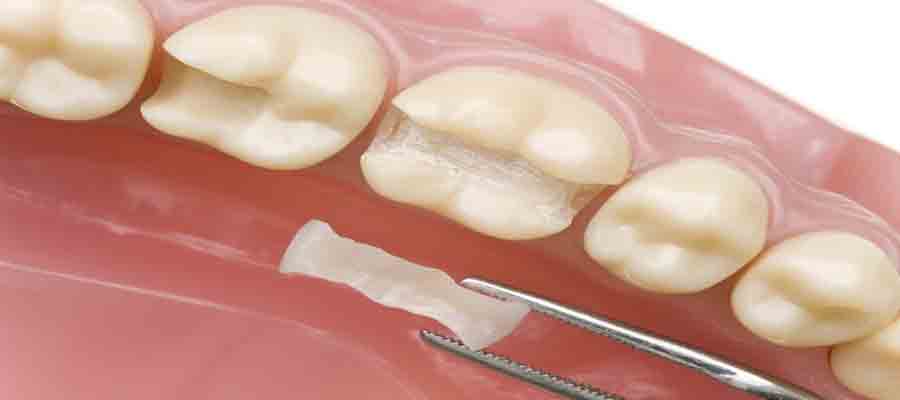
Fillings
To treat a cavity your dentist will remove the decayed portion of the tooth and then “fill” the area on the tooth where the decayed material was removed.
First, the dentist will use a local anesthetic to numb the area around the tooth to be filled. Next, a drill, air abrasion instrument, or laser will be used to remove the decayed area. The choice of instrument depends on the individual dentist’s comfort level, training, and investment in the particular piece of equipment as well as location and extent of the decay.
Next, your dentist will probe or test the area to determine if all the decay has been removed. Once the decay has been removed, the dentist will prepare the space for the filling by cleaning the cavity of bacteria and debris. If the decay is near the root, your dentist may first put in a liner made of glass ionomer, composite resin, or other material to protect the nerve. Generally, after the filling is in, your dentist will finish and polish it.
